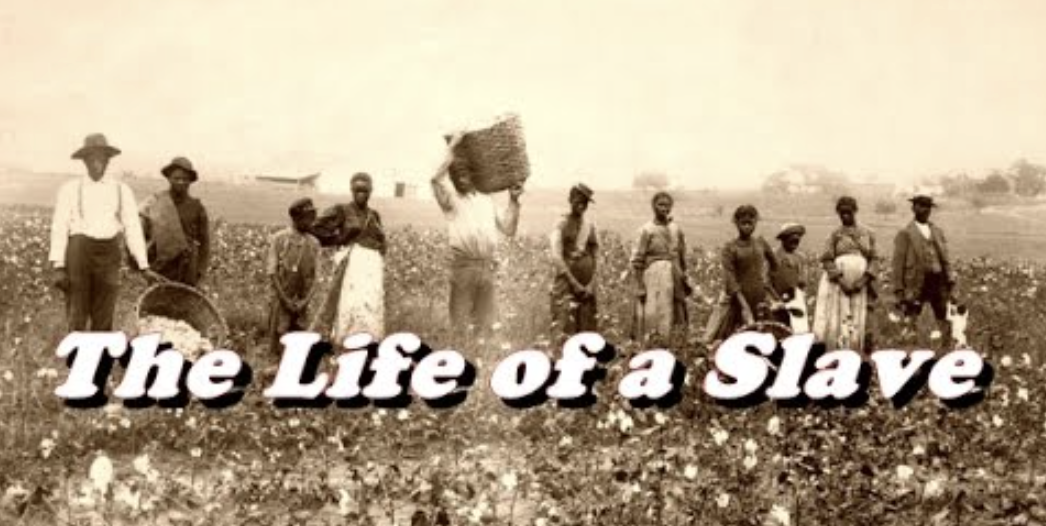The Life of a Slave
It is important for people to know the specifics of slavery and how this horrible crime was carried out in the United States. Plantation life was indeed horrible as enslaved people were subjected to the most shocking crimes in a country that claimed to be democratic. On the plantation, Black slaves were generally whipped from 10 to 50 lashes unless the racist was trying to kill them or make an example by forcing other slaves to watch. In that case, the lashes were from 100 to 200 brutally applied. Other “punishments” included withholding passes, extra work, rape of women and men, solitary confinement, and other crimes. This was done by the lazy gentlemen of the plantation class who were presidents, store owners, judges, sheriffs, and the wealthy. The racist “gentlemen” of the plantation class did not want their children to work and they were not about to pick their own cotton.
Slaves were at the beck and call of white supremacist masters day and night. They were the victims of sadistic psychotic men like Robert E. Lee, Jefferson Davis, Andrew Jackson, Thomas Jefferson, William Travis, Jim Bowie, and others. They were beaten and oppressed for the simplest infraction. All of the white members of the slave holder’s family took liberties with abusing human beings in one form or another and white children were often taught to hate the Black children they played with. The leather lash was the slavery’s linchpin to ensure obedience. Blacks were beaten for disagreeing with white masters, kicked for walking with their head up, and were never allowed to call their wives “Mrs.” Slaves were told that they were inferior and “unfit for freedom.” Slaves were expected to smile while working and to accept being cursed out. Blacks were burned alive, lynched, and had their nails on their fingers and toes removed. There is historical evidence to show that some slaves were used as human torches by pouring tar over their feet, head, or arms and setting them on fire.
White masters would watch the faces of slaves with piercing squinting eyes that were looking for they wanted to see. White supremacists used other Blacks to spy on those that might be thinking of killing the master or escaping to Mexico or Canada. Black puppets (Clarence Thomas today) were expected to go along with what ever crazy idea that was demanded. Slaves rebelled by escaping, killing their masters, stealing their horses, setting fires to barns, and organizing revolts on slave ships and plantations. Slaves sometimes hid in swamps and woods and emerged to kill their masters while they slept. Hundreds of slave uprisings and acts of rebellion are documented, but most of us only know of a few.
Black slaves often looked for brutal masters after escaping and waiting for the right time to hack the master to death with a machete or slit his throat. Black slaves would steal guns and go from plantation to plantation killing entire slave owner families. Black slaves clearly knew what freedom was and were often prepared to give up their lives in furtherance of freedom and protecting their families. Black freedom fighters assaulted racist whites, robbed, poisoned, burned their homes, and killed racists. They slew livestock and burned crops to economically destroy the master’s income. Escaped slaves defied all of the odds and would later be credited with changing the course of the Civil War in defeating the southern slave owner army of the Confederacy. Today, we will not forget their sacrifice to give us hope in a racist land.





